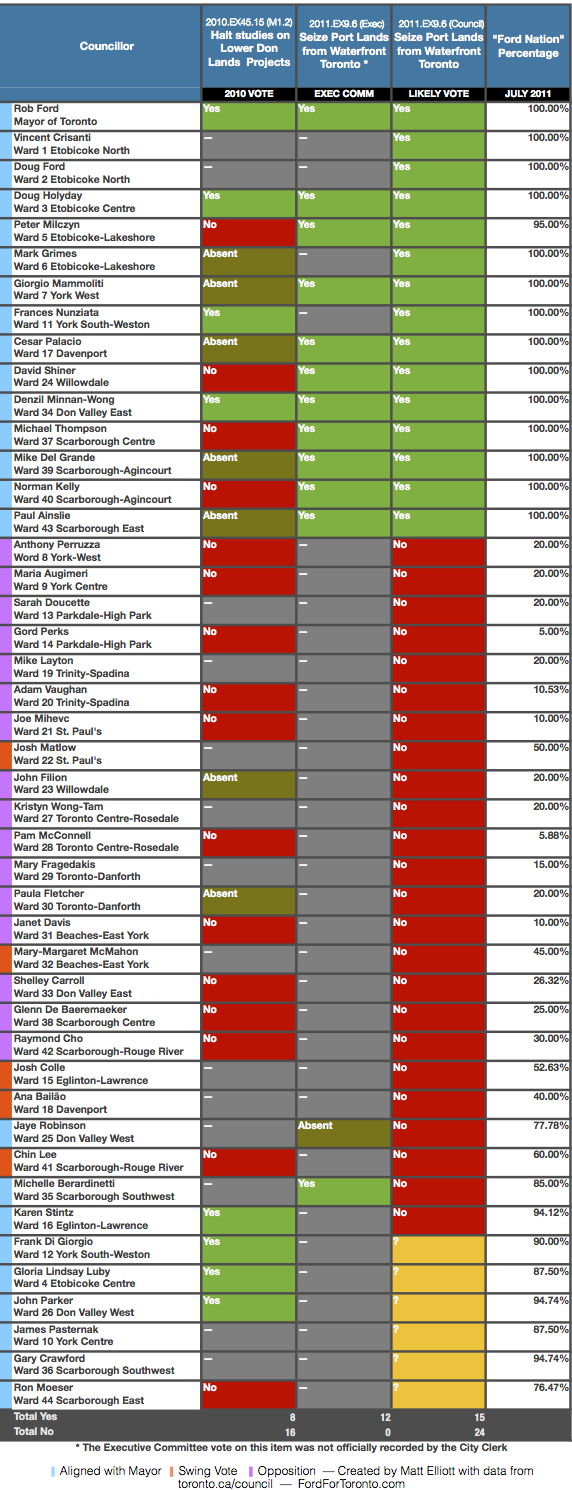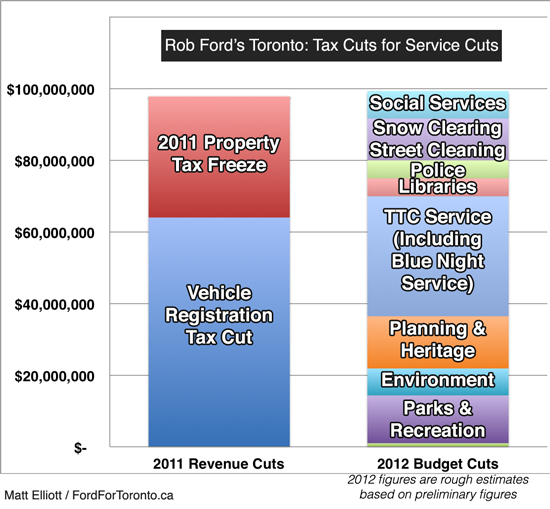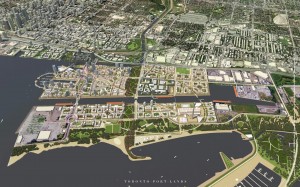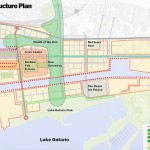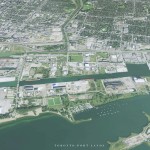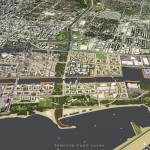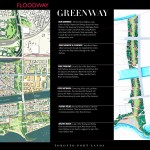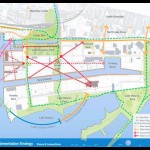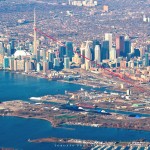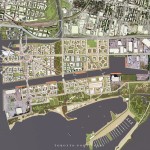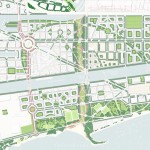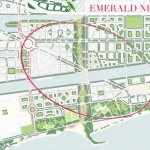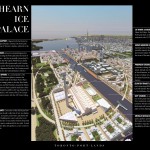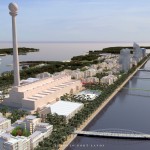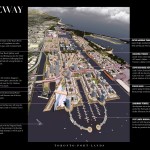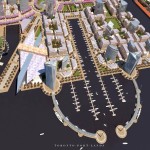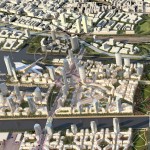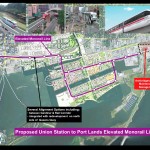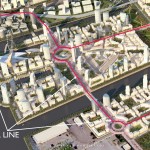Due to either a lapse in protocol or simple ideological objection, Rob Ford’s office opted not to sign the mayor’s name to a proclamation declaring “Car Free Day” in Toronto this year.
Beginning in 2005 and continuing through to last year, the mayor of Toronto has proclaimed every September 22 as Car Free Day — a day in which people try to avoid using their cars and stick to walking, cycling or taking public transit. In doing so, this city aligned itself with a bunch of other cities around the world who also celebrate a Car Free Day. The 2010 proclamation proclaims that Toronto celebrates Car Free Day because it is a city “committed to improving the health and quality of life of its residents, with cleaner air and [recognizing] the importance of alternative transportation options.”
The proclamation text also indicates that “[an] increase in TTC ridership and a shift towards active commuting by walking and cycling to work indicates that residents are … doing their part to fight air pollution and traffic congestion.”
Car Free Day is missing from the list of Rob Ford’s Mayoral proclamations for 2011. When I asked Dan McDermott of the Ontario Chapter of the Sierra Club — the organization behind Car Free Days in this province — about the missing endorsement, he indicated that at least two councillors approached the mayor’s office about a proclamation, and an official application was made, but that ultimately the request was denied. (McDermott also told me that the formal application-for-proclamation was not made a full six weeks in advance, which gave the mayor’s office a reason to deny beyond the obvious “we like cars” rationale.)
Does this matter? Not really. Even the biggest enviro-booster has to admit that Car Free Day is little more than a token. A well-meaning token, but a token all the same. It’s never noticeably impacted the number of vehicles on the road and the sad reality is that, for a good percentage of this city, giving up their cars for a day and still making it to work on time are opposing forces. The kicker: with cuts to bus routes and changes to the standards that govern crowding on transit vehicles, things are getting worse for those outside the core who may want to ditch their cars, not better.
Still, I would submit that this story, like the change to the city’s press release boilerplate after Ford took office, stands as an interesting example of how the sitting mayor sets the values of our city. For David Miller, signing his name to a document that declares “Toronto is recognized as a world leader in the fight against climate change and prides itself on being one of the greenest cities in the world” was as natural as putting his shoes on in the morning.
For Rob Ford, it’s not. He wears different shoes.
The Proclaimers
By the end of September last year, David Miller had issued 103 mayoral proclamations. In his first full calendar year as mayor, Rob Ford is close behind that pace, having issued 102. The majority of these proclamations are the same from year-to-year, with a few exceptions:
Proclamations made by David Miller in 2010 that were not made by Rob Ford in 2011: Best Buddies Month; Beta Sigma Phi Week; BIA Week; Black Music Month; Car Free Day; Creativity & Innovation Week; Data Privacy Day;  Day of Reflection on the Genocide in Rwanda; Emancipation Day; Football Week in Toronto; Girl Guides of Canada Day; International Day in Support of Victims of Torture; International Literacy Month; Jazz Week;  Khalsa Day; Magazine Week; Malaria Day; Marathon Week in Toronto; March of Dimes Month; Missing Children’s Month; Mobile Innovation Week; Mois de la santé bucco-dentaire; Naval Day; Ontario Coaches Week; Oral Health Month; Organ and Tissue Donation Awareness Week; Parental Alienation Awareness Day; School Crossing Guard Appreciation Day; Set Sail for Hope Day; Sickle Cell Day; St Lawrence Centre for the Arts Day; Stop Brain Disorders Week; The Queen’s Own Rifles of Canada Day; Toronto Tourism Day; Vimy Ridge Day; Wiphala Festival
Proclamations Made by Rob Ford in 2011 that were not made by David Miller in 2010: Administrative Professionals Week; Basketball & Hip-Hop Culture Month; Bike Month; Community Health Week; Companies and Communities for Kids Day; Congential Heart Defects Awareness Day; DAVM Awareness Month; Elder Abuse Awareness Month; Foot Health Month; Foursquare City Day; GTA Minor Hockey Week; Harold Green Jewish Theatre Company Day; Histiocytosis Awareness Day; Injured Workers’ Day; International Mother Language Day; Italian Heritage Month; National Biotechnology Week; Neil Young Day; Oral Health Day; Police Week; Primary Immonodeficiency Day; RED Day; Red Tape Awareness Week; Rugby Week in Toronto; Scout-Guide Week; Sears Drama Festival Week; Spina Bifida and Hydrocephalus Awareness Month; Storytelling Week; Toronto BIG SAVE Blood Donor Day; Toronto Outdoor Art Day; Veterinary Week; Vision Health Month; World Hepatitis Day
I’ve left out some that are obviously one-time-only proclamations, like “2010 Celebration Day” or “Juno Week.”
This isn’t really useful or meaningful data as it’s impossible to determine if any of the same groups that were awarded proclamations in 2010 applied again in 2011. (Or vice versa.) This should only be regarded as an information exercise. An incredibly nerdy information exercise.
